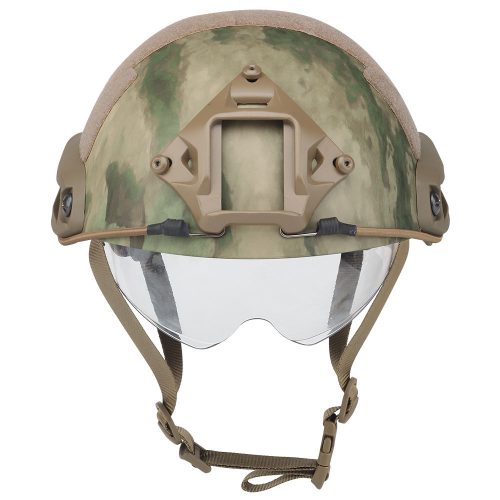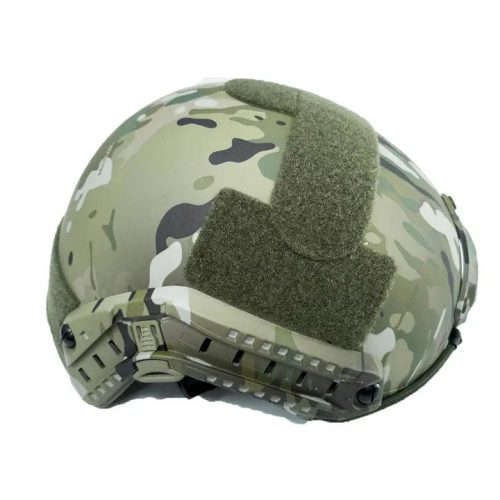Proper helmet fit is essential for your safety when participating in activities that require head protection, such as cycling, motorcycling, skateboarding, or skiing. Here are some tips to ensure a secure and comfortable helmet fit:
- Choose the Right Size: Select a helmet that matches your head size. Most helmets come in various sizes, typically indicated by circumference measurements. Refer to the manufacturer’s sizing chart to find the right size for your head.
- Check for Proper Head Shape: Helmets are designed to fit different head shapes, such as round, oval, or intermediate oval. Choose a helmet that matches your head shape for the best fit and comfort.
- Position on Your Head: Place the helmet squarely on your head, covering the top of your forehead. It should sit level and not tilt forward or backward. Make sure it covers most of your head, leaving only about one to two fingers’ width of space above your eyebrows.
- Adjust the Straps: Fasten the chin strap securely, ensuring it’s snug but not overly tight. You should be able to fit one or two fingers between the strap and your chin.
- Secure the Buckle: Use the quick-release buckle or other closure system to fasten the chin strap. Ensure that it’s centered under your chin.
- Perform the “Y” Test: Open your mouth wide, and the helmet should pull down on your head. If it doesn’t, tighten the chin strap.
- Adjust the Retention System: Many helmets have a dial or adjustable straps at the back to fine-tune the fit. Adjust this system to snugly cradle the back of your head without being overly tight.
- Check for Movement: Shake your head from side to side and up and down. The helmet should not move or shift excessively. If it does, readjust the straps and retention system.
- Eyewear Compatibility: If you wear eyeglasses or sunglasses, ensure that the helmet comfortably accommodates them without pressing them into your head.
- Stability and Comfort: The helmet should feel stable and comfortable. It should not cause pressure points or discomfort. You should be able to wear it for an extended period without any issues.
- Secure Any Additional Adjustments: Some helmets have additional features like adjustable visors or padding. Make sure these are securely in place and don’t interfere with your vision or comfort.
- Check Visibility: Ensure that the helmet does not obstruct your field of vision. You should have a clear view of your surroundings without having to tilt your head excessively.
- Helmet Padding: Helmets often come with removable and washable padding. Check that the padding is in good condition and properly positioned for comfort and safety.
- Helmet Maintenance: Regularly inspect your helmet for signs of wear and tear. Replace it if it has been involved in an impact or if it shows any signs of damage.
- Consult the Manufacturer’s Instructions: Always follow the manufacturer’s fitting and maintenance instructions for your specific helmet model.
Proper helmet fit is crucial for your safety, as a well-fitted helmet can significantly reduce the risk of head injuries. Take the time to adjust and check your helmet each time you wear it, and if it doesn’t fit properly, make the necessary adjustments or consider getting a different size or style. Your safety should be the top priority when selecting and wearing a helmet.


